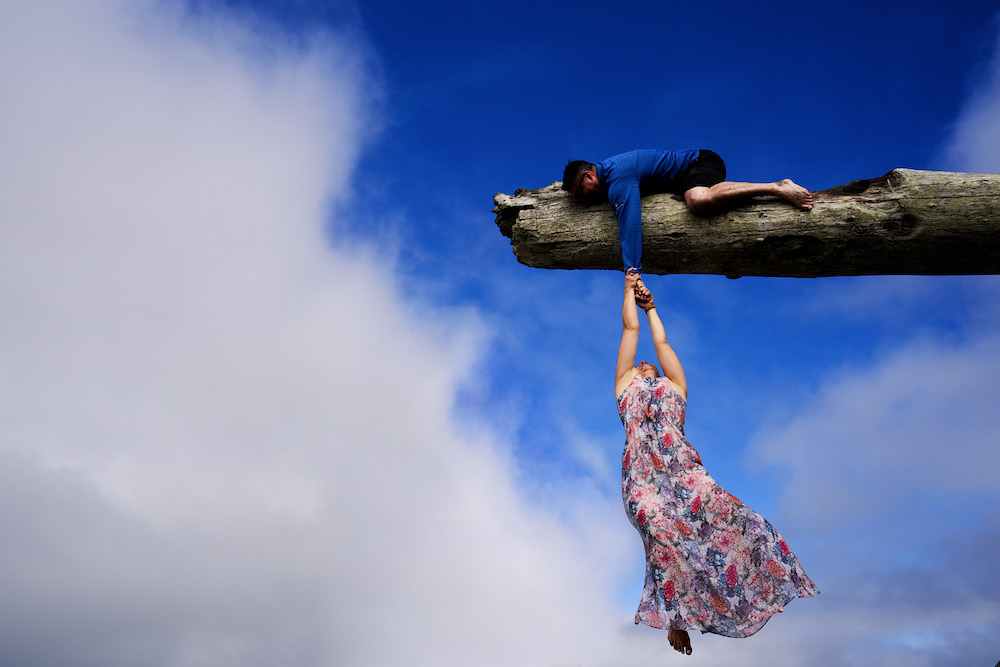When everyone first starts out with photography, most photographers are told they must learn to use their camera in manual mode. Although I agree with this statement, I still use aperture priority for the majority of what I shoot, and I’m about to tell you why.
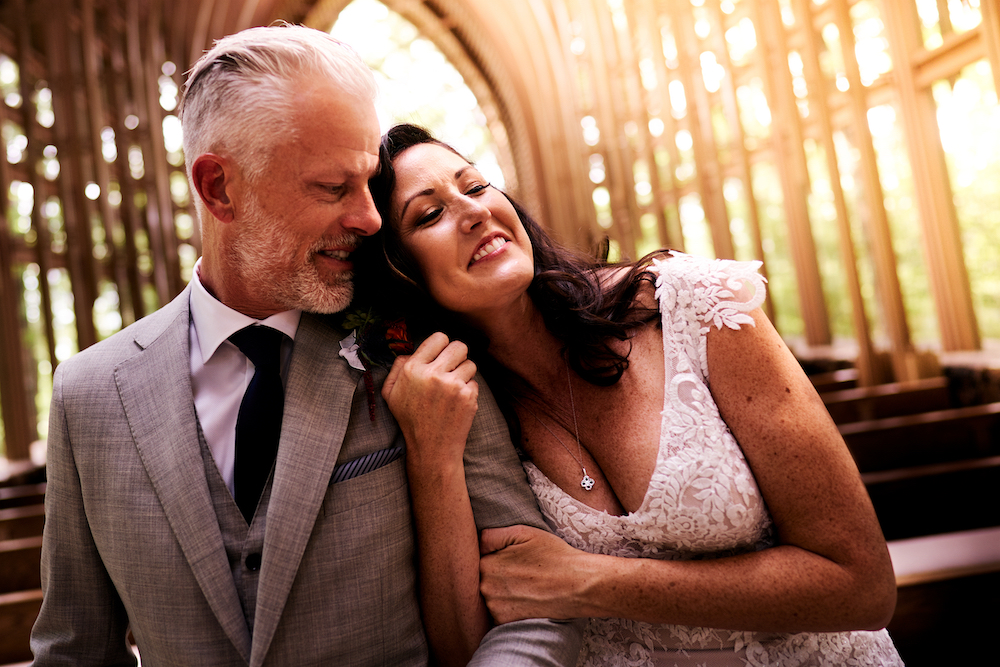
But first, I want to talk about why I do think that learning manual mode is really important. For one, it gets you familiar with what each individual setting does. You learn what slower shutter speeds do, that you need higher ISO in lower light, and more.
Second, and most importantly, you learn how those settings affect the final image. This knowledge is your foundation in photography. Although, once you have a solid foundation, I think it’s important to use the tools and technology available in order to make your life as a photographer easier.
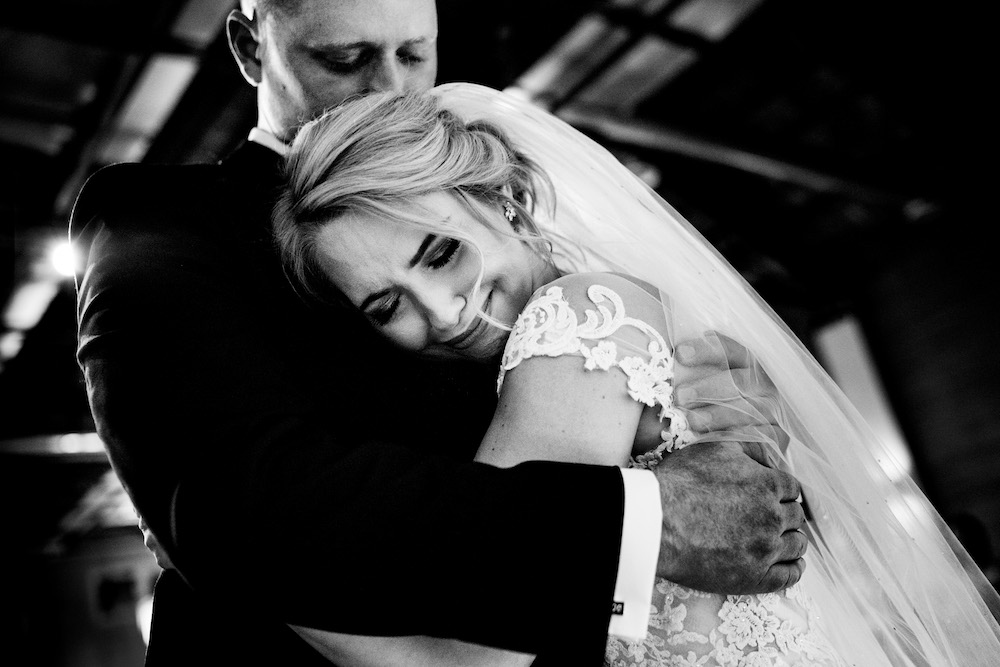
Here comes aperture priority. I specifically use aperture priority with Auto ISO. I know this seems like blasphemy in the world of professional photography but I have made this choice for a very specific reason: mental capacity.
Everyone has a certain limit on the number of things they can concentrate on before their work begins to suffer. It’s similar to any type of multitasking. You may be able to write an email while listening to music just fine, but writing emails while watching a movie may set you over the edge. That simple addition of an added visual input makes it difficult to concentrate on the other tasks.
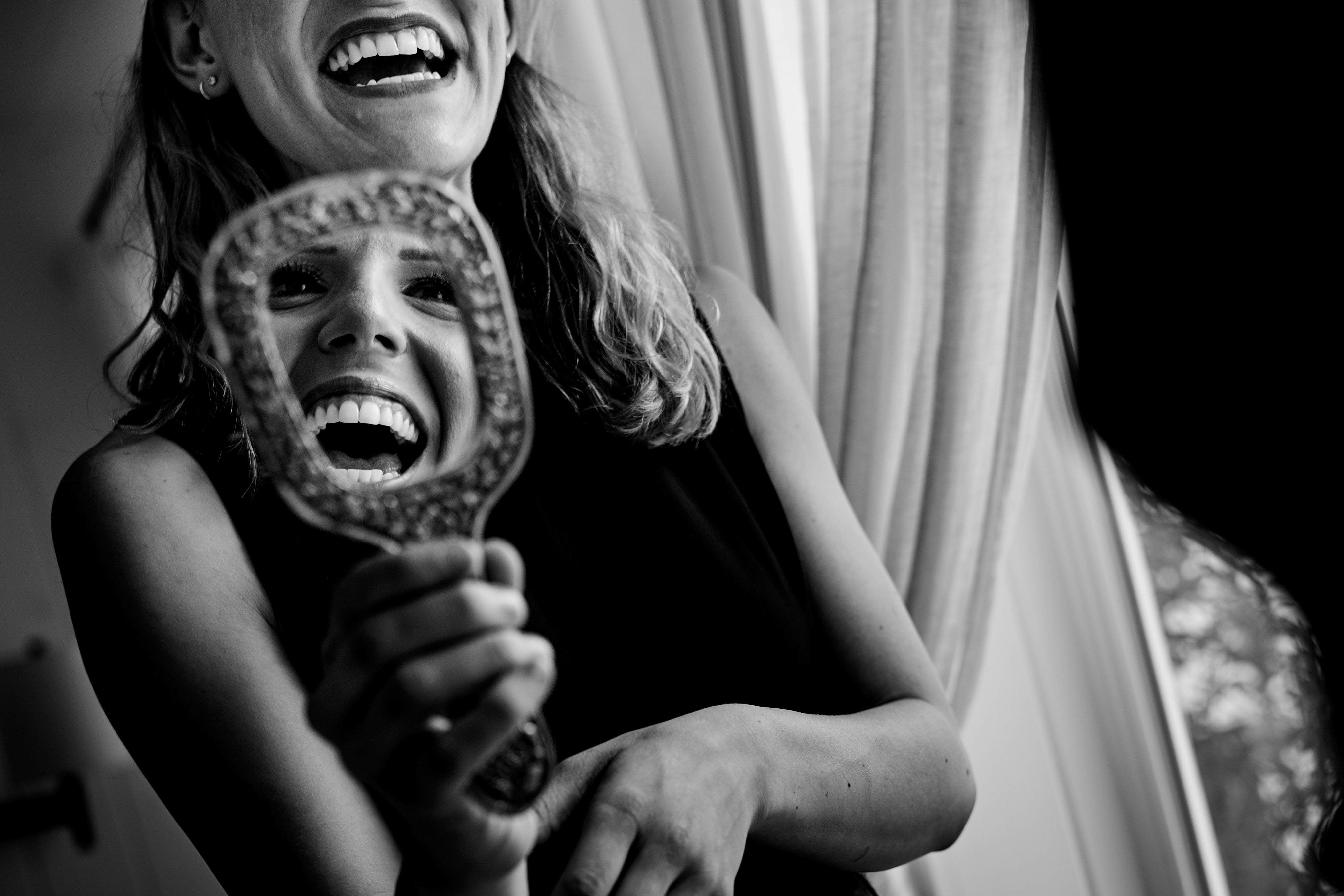
When it comes to photography, specifically documenting moments on a wedding day, you have a large list of things you need to keep track of. For me, the list boils down to shutter speed, ISO, aperture, light, moment, composition, and focus. Although, if I shoot aperture priority, I get to knock a few items off that list by letting my camera make the decisions for me. But we need to make sure we set limits on these decisions so that the camera doesn’t lead us in the wrong direction.
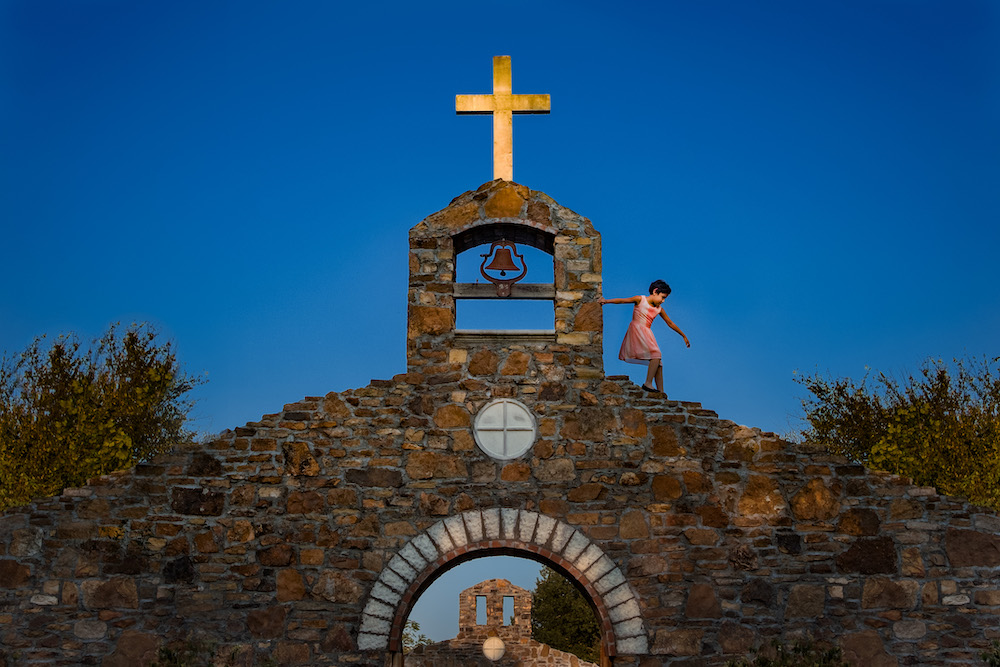
The way I do this is by shooting in aperture priority with Auto ISO. Then, within the Auto ISO settings, I set a limit on what my minimum shutter speed can be.
What this does is allow me to walk into a room and the camera sets my settings into what it thinks is the correct exposure. Then, I use the exposure compensation dial to tell the camera if I want things a little brighter or a little darker. This allows me to quickly change from shooting in the shade to shooting in the sun — or from indoors to outdoors — without ever needing to think about my shutter speed or ISO.
If I’m indoors in low light, the camera will simply ramp up the ISO until I can get to a 1/250th shutter. Generally, this is a good shutter speed to freeze people moving about on a wedding day. When I step outside into the sun, the camera will always maintain the lowest ISO so it will drop to ISO 100 and then start raising the shutter speed to get my exposure in the correct range.

Manual is still important when aperture priority isn’t giving you what you need, or when you are using flash. There have been very few times where my exposure compensation dial wouldn’t get the image dark enough for what I needed. In those cases, I still have the ability to change over to manual and know what I need to do to get my image.
For flash, I always use manual. This is because, if I’m setting up a light then I’m also setting up for a specific scene where the light won’t be changing. I also don’t want the camera to make a settings change that will also affect my flash.
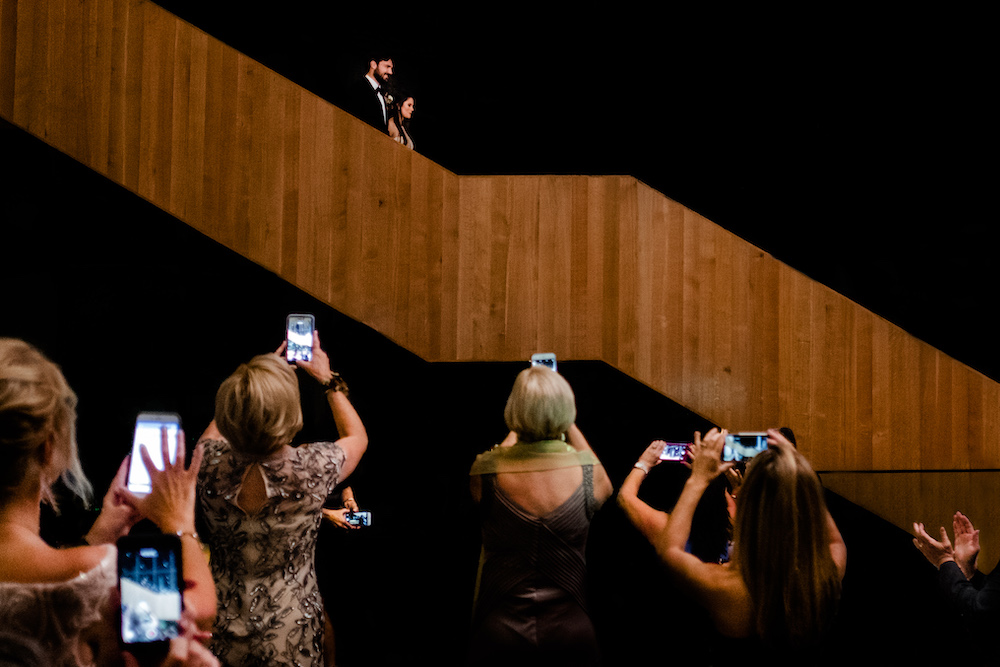
In closing, I do think that learning and understanding the basics of how your camera works is very important. Although, once you have that understanding, you can let your camera do some of the the heavy thinking. This way, you can concentrate on what is truly important. Elements such as light, moment, and compositions will drive your photography much more than what your ISO, shutter speed, and aperture triangle line out to be.
Article and Photos by Jason Vinson

